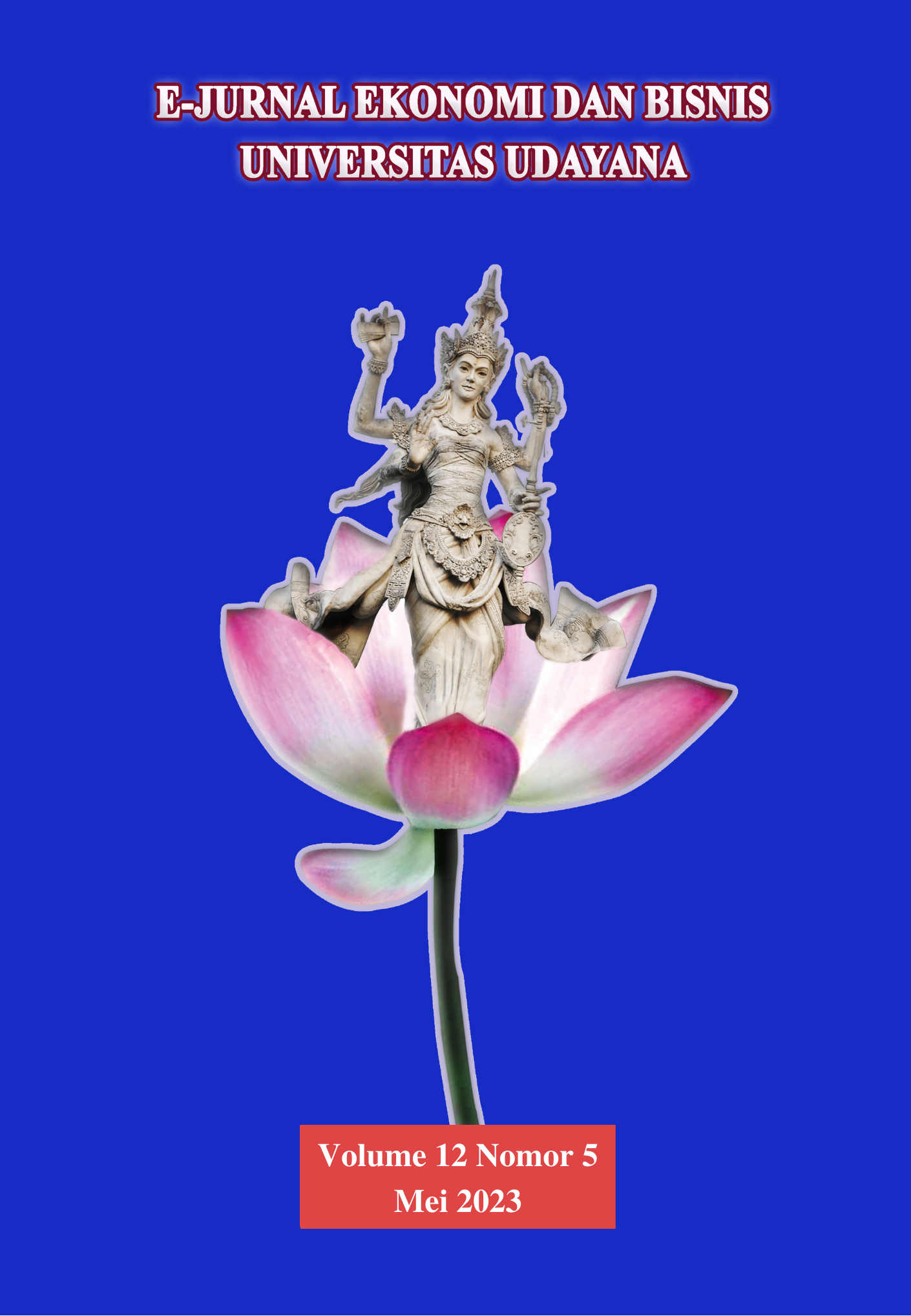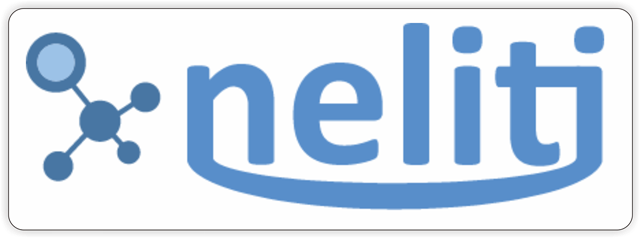PENGARUH BEBAN KERJA TERHADAP KINERJA PEGAWAI DENGAN KOMITMEN ORGANISASIONAL SEBAGAI VARIABEL MEDIASI
Abstract
Employee performance is the result of work achieved by employees both in quality and quantity in accordance with the standards set by the agency. Good employee performance can encourage agency development and achieve agency goals effectively and efficiently. This study aims to determine the effect of workload on employee performance with organizational commitment as a mediating variable at the Investment Office and Integrated Services of One Door Bali Province. The theoretical basis used in this study is social exchange theory, with a total sample of 71 people using a non-probability sampling technique. The analysis technique used is path analysis, classical assumption test, and mediation role testing. The results showed that workload had a negative and significant effect on employee performance. Workload has a negative and significant effect on organizational commitment. Organizational commitment has a positive and significant effect on employee performance. Organizational commitment partially mediates (competitive partial mediation) the effect of workload on employee performance. The results of this study can contribute to social exchange theory and become material for consideration for the Investment Office and Integrated Services of One Door Bali Province in improving the performance of employees


















